
Lead Acid Batteries
Let’s first talk about the batteries that have been the go-to for over 150 years. Lead-acid batteries are heavy and have an acid-base.
One of the cons that come with lead-acid batteries is that they have a limited cycle life.
Even if you are easy on your car battery eventually the battery will die. Typically lead-acid batteries are good for 500-1000 cycles.
Depending on how much you use your vehicle you can be replacing your battery every two years or less.
Another con is that lead-acid batteries have slow and inefficient charging.

These batteries can’t be charged “fast” when they reach the final 20% of their capacity.
The first 80% can be “bulk charged” by a smart three-stage charger quickly as needed but that final percentage will take a lot longer.
Lead-acid batteries are much more affordable upfront when compared to a lithium battery but over time they will have to be replaced more often.
In the long run, they end up costing more money when you add up all the replacements.
Read: WHAT KIND OF ACID IS IN A BATTERY? THIS IS HOW YOUR CAR WORKS
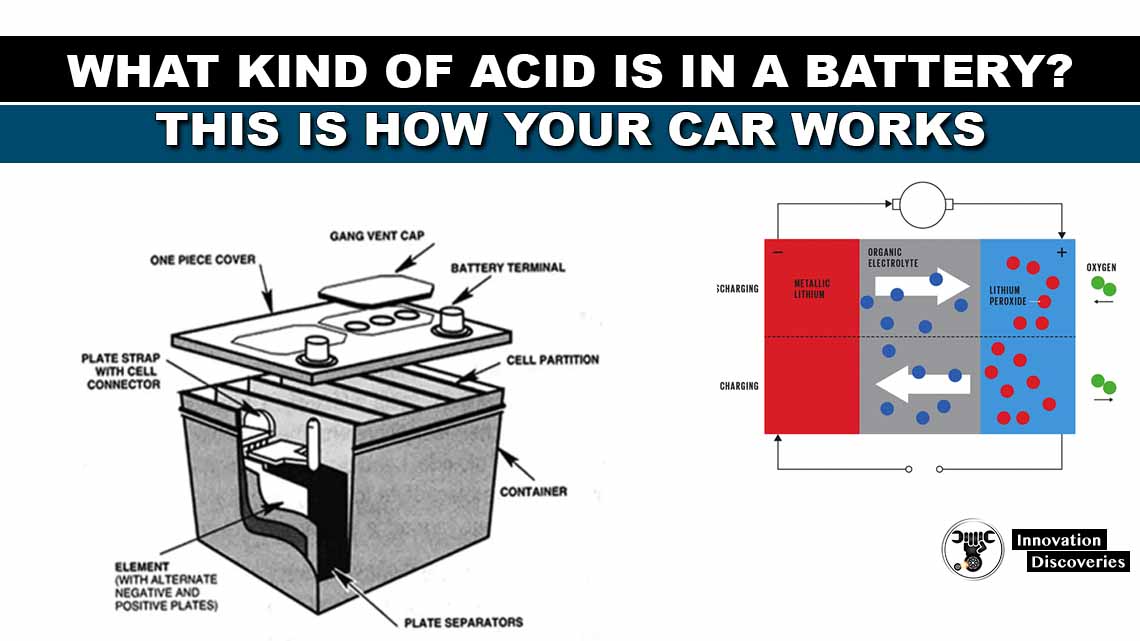
Material
Lead-acid batteries are a mixture of sulfuric acid and lead plates.
This is why when a lead-acid battery goes bad you might smell a rotten egg type of smell.
If you ever experience this make sure you get rid of the battery ASAP because it can explode and cause a tragic accident.
| Material | Share of battery weight(%) |
|---|---|
| Lead | 25 |
| Lead Oxides | 35 |
| Polypropylene | 10 |
| Sulfuric acid | 10 |
| Water | 16 |
| Glass | 2 |
| Antimony | 1 |

Lithium Batteries
Lithium batteries in case you did not notice have become a very essential part of our everyday lives.
They are known for their lightweight and how powerful they are. Their weight does not define their power.
Typically they weigh less than one-third of a lead-acid battery and they provide up to 50% more energy along with more power.
Because they offer really low resistance they can charge much faster than traditional lead-acid batteries.
Another benefit of lithium batteries is how long their life span is. They cycle 5,000+ times vs up to 1,000 cycles (on a high-end lead-acid battery).
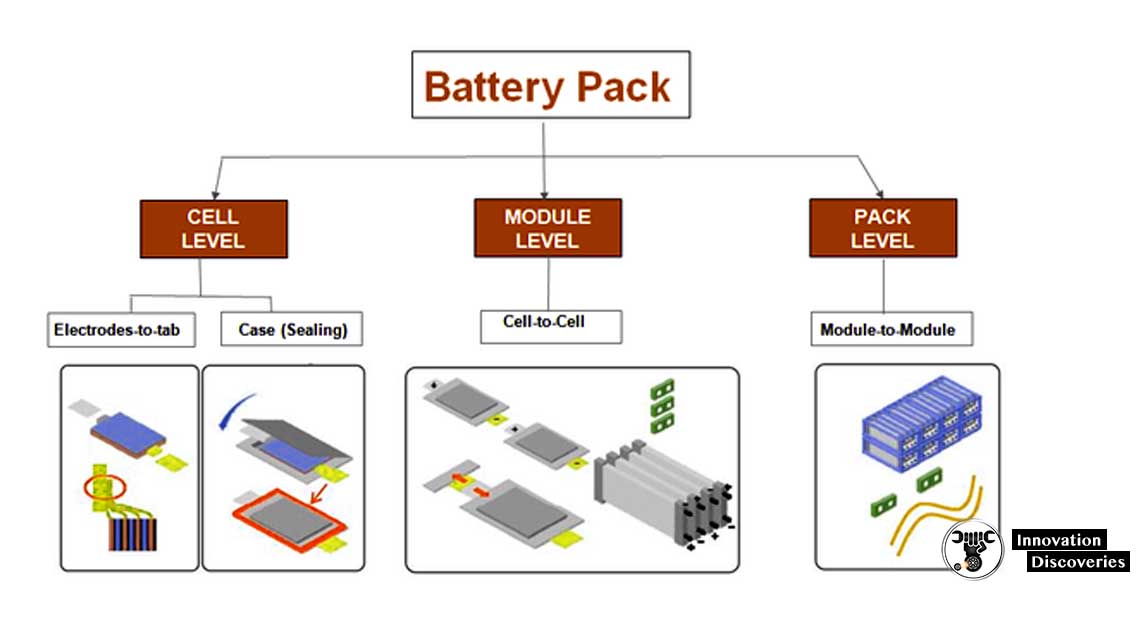
Read: HERE’S HOW TESLA MODEL S PROTECTS ITS UNDERBODY BATTERY FROM RUPTURING | INNOVATION DISCOVERIES
Lithium batteries can hold their charge much better than lead-acid.
They only lose around 5% of their charge each month vs losing 20% per month with lead-acid batteries.
This is why lithium batteries are being used a lot in low-speed vehicles and golf carts.
They are so much lighter and much more efficient and reliable.
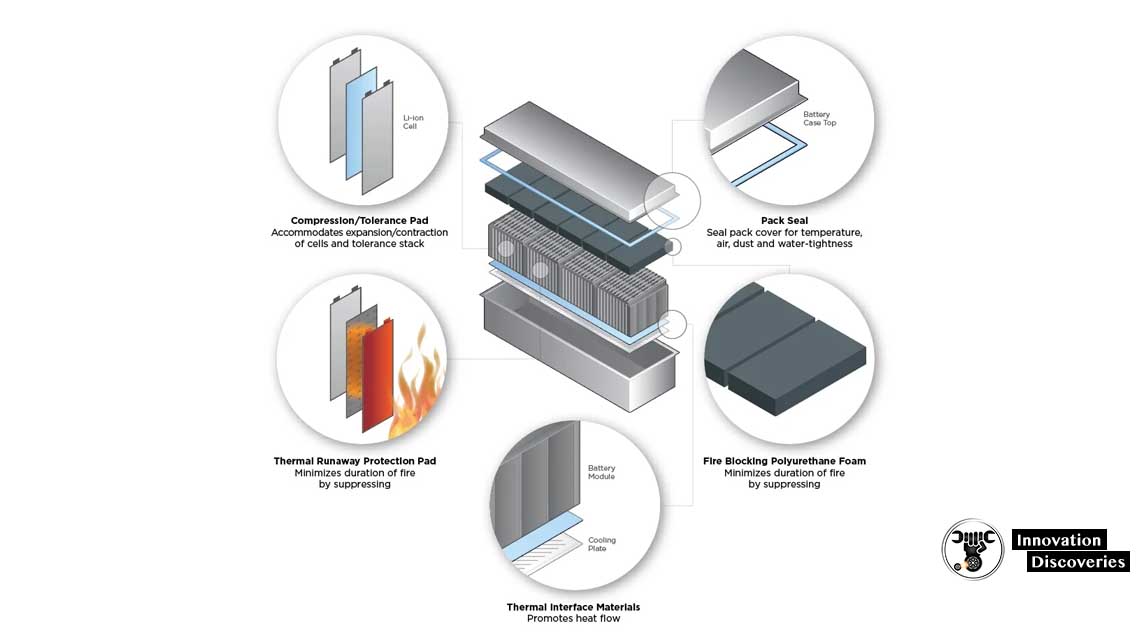
Material
Lithium battery electrodes are made of lightweight carbon and lithium. This is why these batteries are much lighter than traditional lead-acid batteries.
If you like to help take care of the environment then it is good to note that lithium batteries are a much cleaner technology making them safer for the environment.
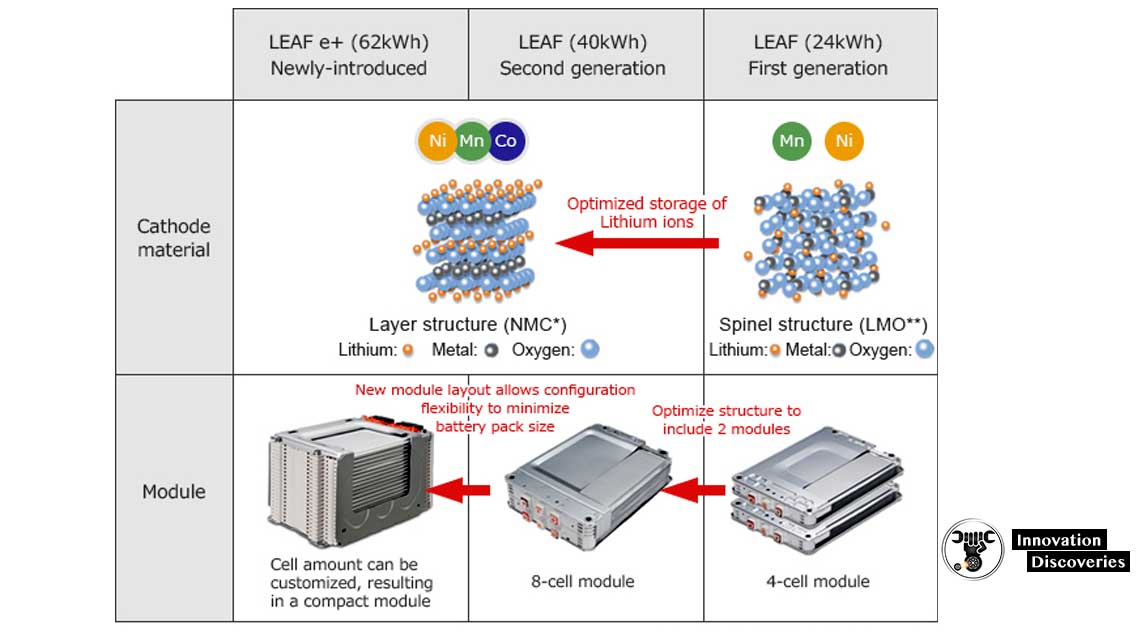
Inside a Lithium Battery Pack
To get a better understanding of lithium we are going to go over what they look like inside.
The cells inside a lithium battery pack can either be square or rectangular or cylindrical.

There is a temperature sensor that monitors the temperature of the battery to help you make sure that it does not get too hot.
There is also a voltage tap on the pack that monitors the energy capacity of individual cells in the battery pack.
These battery packs also have a voltage converter and a regulator circuit to help maintain safe levels of current and safe levels of voltage.
Read: WHY DON’T PETROL AND DIESEL CARS USE LITHIUM-ION BATTERIES?
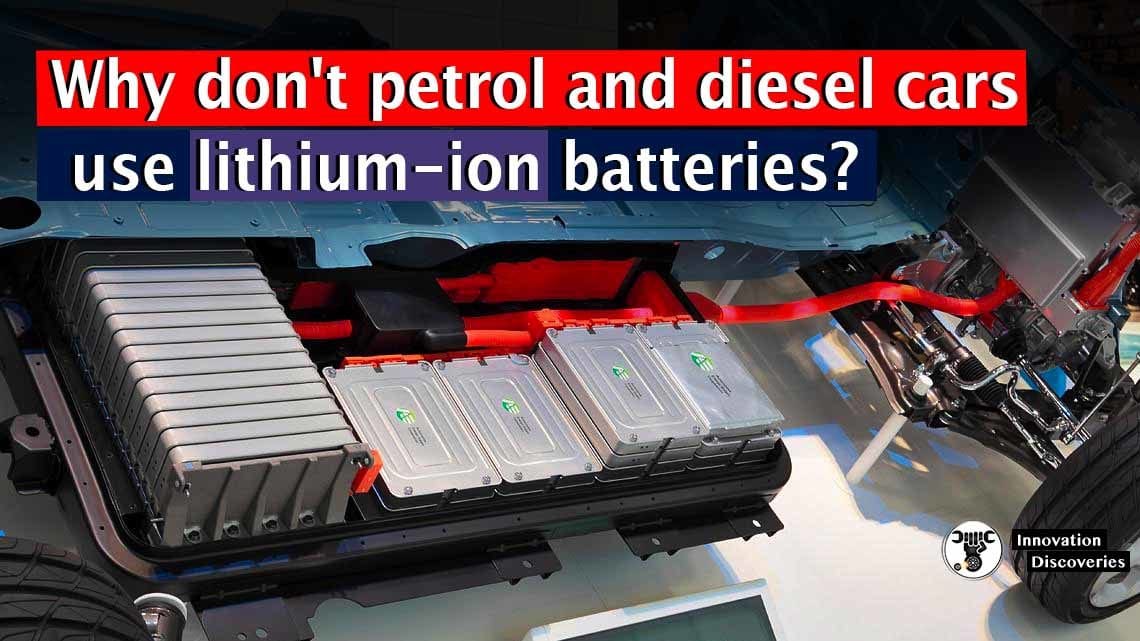
Lithium Cons
While there are plenty of benefits of opting for lithium batteries there are also some cons.
One disadvantage is that their output drops a lot faster than lead-acid batteries when the temperature drops.
This means that if they are not properly charged they are more prone to having individual cell failures.
They are also sensitive to high temperatures. Heat causes them to degrade a lot faster than they typically would.
Read: THIS BONKERS 900-HP ELECTRIC FORD MUSTANG WITH A SIX-SPEED MANUAL WAS BUILT FOR SEMA
Another con which we touched on earlier is their price.
They can cost up to $1,700 for one battery vs $150 for a top of the line lead-acid battery.
You never want to completely discharge a lithium battery 100% because if that happens it will completely ruin the battery pack and you will have to replace it.
Read: HOW LONG DO ELECTRIC CAR BATTERIES LAST?

Car Alternator
Your common vehicle does not come with an alternator that is designed to charge a lithium battery.
This means that you will have to buy a battery that comes with a charge converter that takes the output from the alternator and converts it to use in the lithium battery.
READ: 5 CAUSES OF AN ALTERNATOR NOT CHARGING
READ: STARTING AND CHARGING SYSTEMS
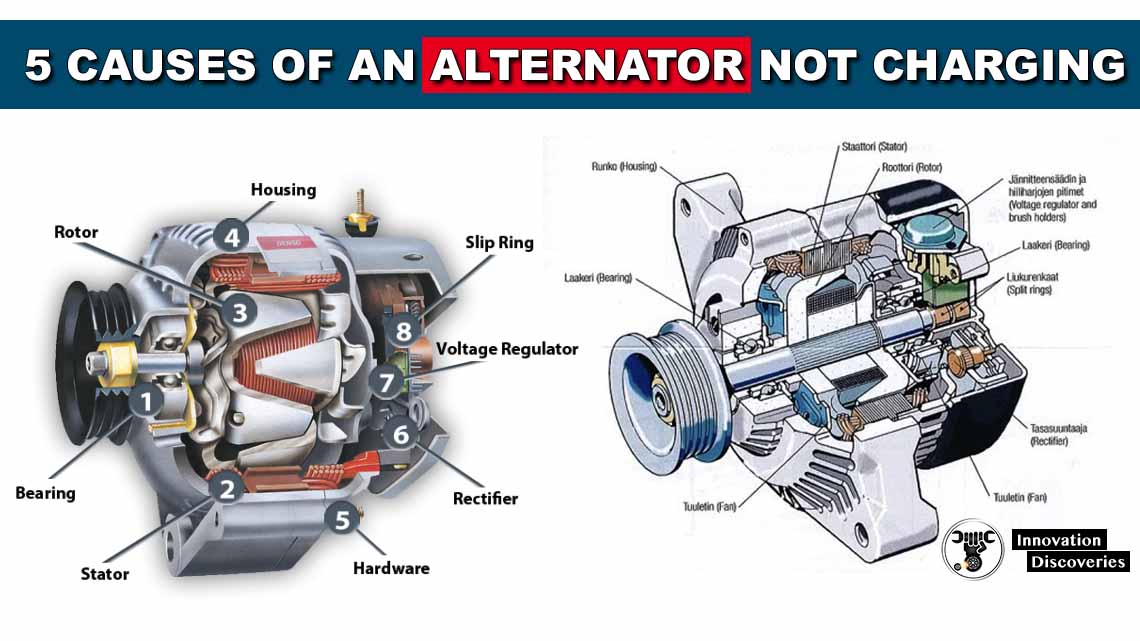
READ: CAR ALTERNATOR FUNCTIONS AND SYMPTOMS OF FAILURE
READ: 5 SIGNS OF A BAD ALTERNATOR
Don’t miss: CAR BATTERY OR ALTERNATOR: WHICH ONE IS THE CULPRIT BEHIND A DEAD CAR?
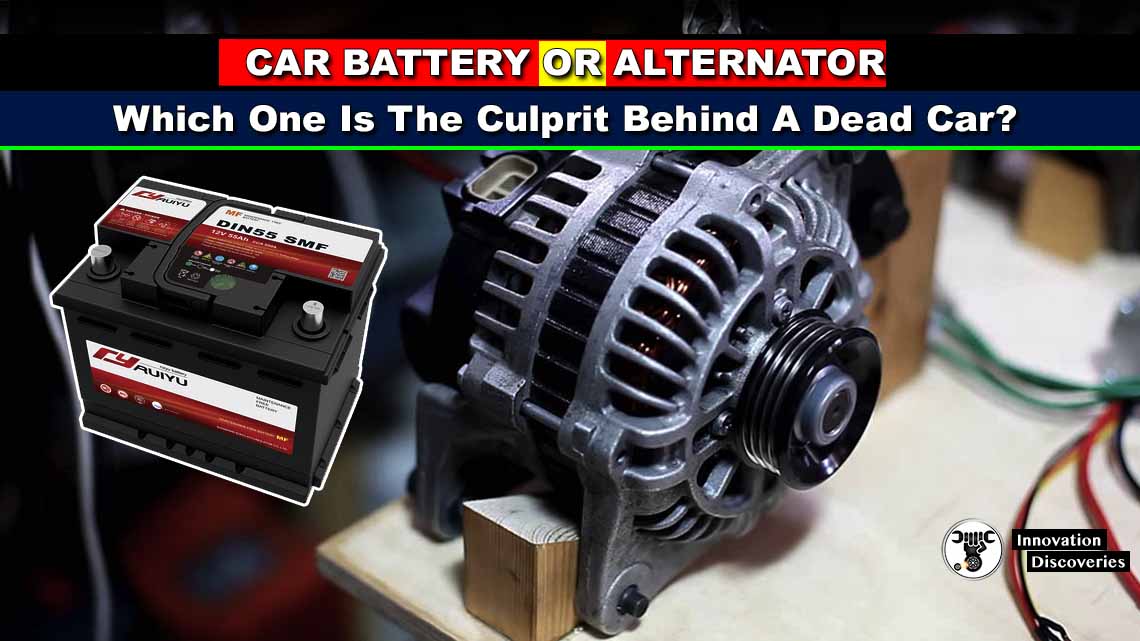
Ready to Make the Switch to a Lithium Car Battery?
As you can see from the information above there are a ton of reasons why a lithium car battery is a smart move.
Now it is time to do your research and find a lithium battery that you can use in your current vehicle or opt for a new vehicle that already comes with a lithium battery.


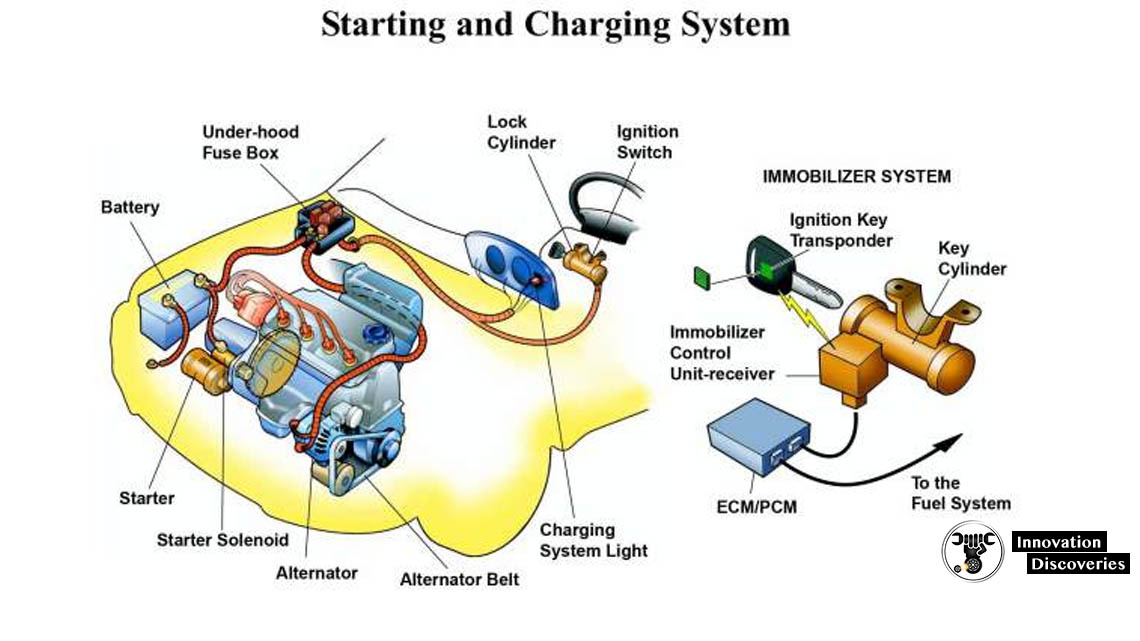
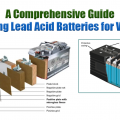
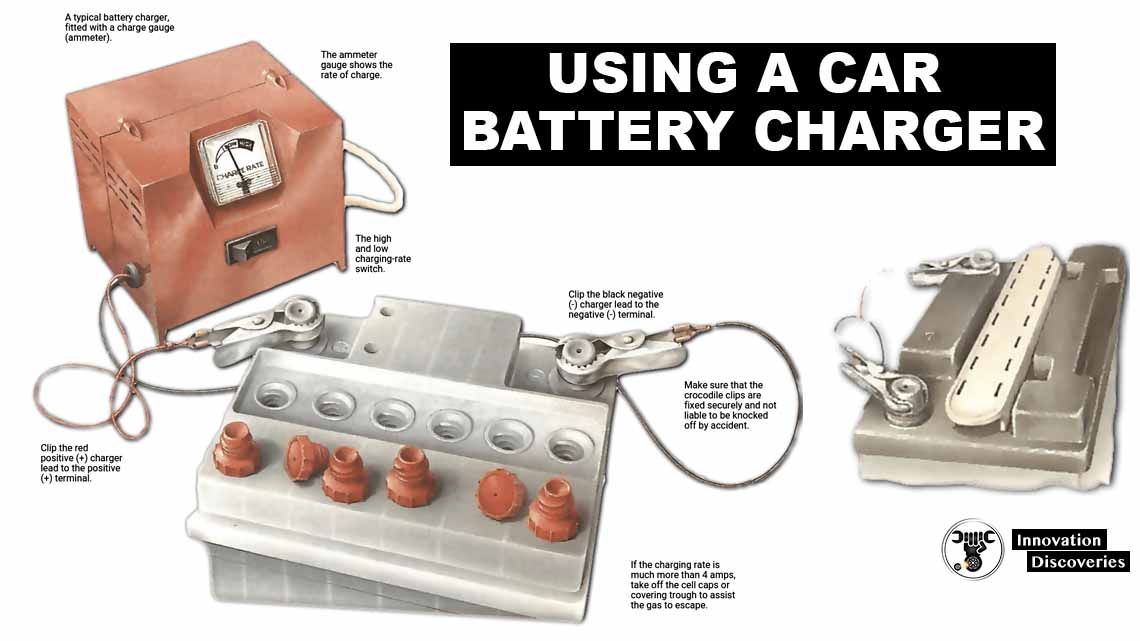
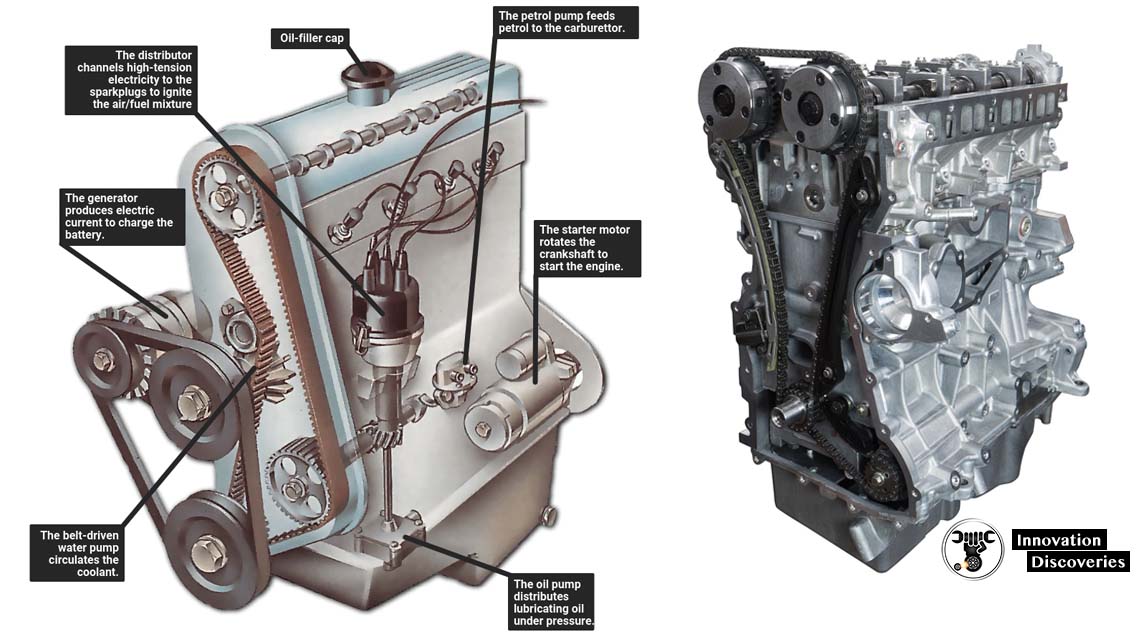
One Comment